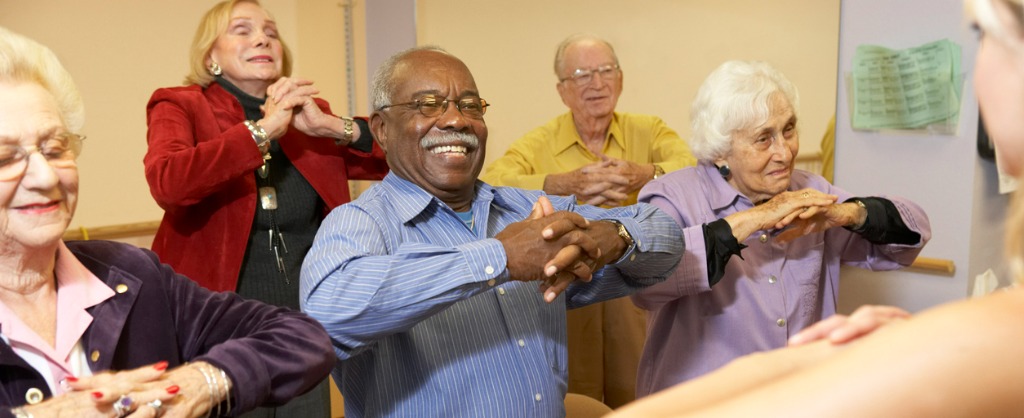Stroke
Why does stroke happen?
Strokes occur when the blood flow to the brain is stopped or reduced. The most common type of stroke occurs when a blood clot blocks the flow of blood and oxygen to the brain. This is called an ischaemic stroke. A second type of stroke occurs when a blood vessel leaks or bursts. This is called a hemorrhagic stroke.
What are the symptoms of stroke?
The signs and symptoms of a stroke vary between people, but they usually start suddenly. Signs and symptoms of a stroke might include:
- sudden numbness in, or being unable to move, your face, arm or leg
- trouble speaking and understanding what other people are saying
- problems seeing in one or both eyes
- a sudden, severe headache
- difficulty walking.
How do we treat stroke?
The treatment depends on the type of stroke. It might mean injecting drugs to break up the blood clot, surgery to remove deposits in the blood vessel, or surgery to repair a burst blood vessel. People who have had strokes might also be prescribed medications that lower their blood pressure and make clots less likely in future.
People might also need support to manage some of the problems caused by a stroke. For example, physiotherapy to help with movement problems or memory training to help with cognitive problems.
Why is stroke research important?
Research is important to help people recover after a stroke, and to understand what rehabilitation and care they need. It can also help us to learn more about who is most likely to have a stroke and how we could prevent them. You can learn more about NIHR-funded research below.





